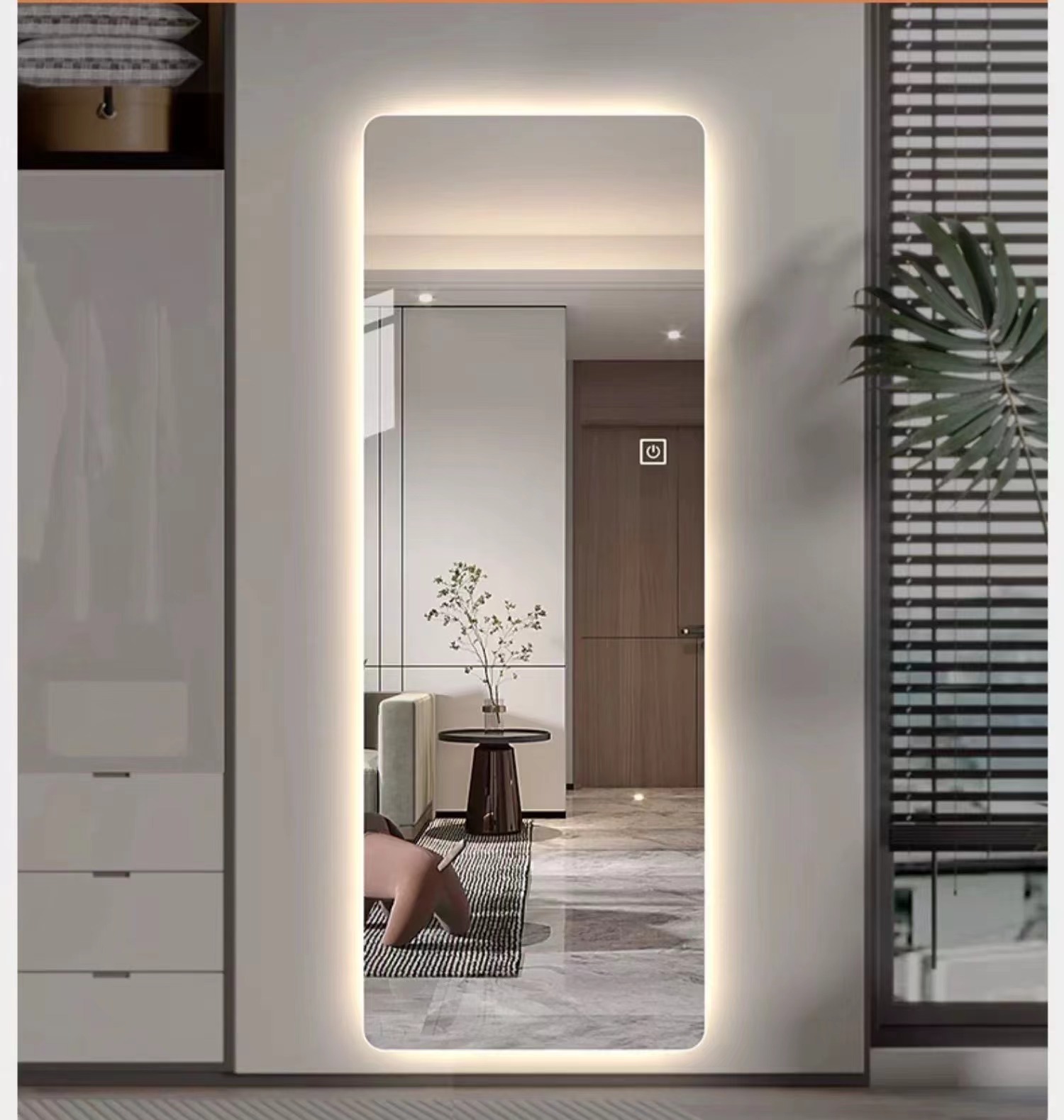

Tempered Laminated Glass A Comprehensive Overview
Tempered laminated glass is a remarkable innovation in the glass industry, combining the strength of tempered glass with the safety and durability of laminated glass. This unique type of glass has become increasingly popular in various applications due to its exceptional performance characteristics, making it a preferred choice in architectural design, automotive glass, and other specialized areas.
Understanding Tempered Glass
Tempered glass, also known as toughened glass, is produced through a process of extreme heating and rapid cooling. This process increases the glass's strength, making it around five to seven times stronger than standard glass. As a result of this enhanced strength, tempered glass is more resistant to impact, thermal stress, and breakage. When it does break, tempered glass shatters into small, blunt pieces that are less likely to cause injury, making it a safer option for various applications.
The Role of Laminated Glass
Laminated glass consists of two or more layers of glass bonded together with an interlayer, typically made of polyvinyl butyral (PVB) or ethylene-vinyl acetate (EVA). This interlayer not only holds the glass layers together in case of breakage, reducing the risk of injury, but also provides additional benefits such as sound insulation and UV protection. Laminated glass is widely used in areas where safety and sound attenuation are priorities, such as in high-rise buildings, skylights, and sound barriers along highways.
Combining the Two Tempered Laminated Glass

When tempered glass is laminated, the resulting tempered laminated glass offers a unique combination of benefits
. This composite material retains the strength and safety features of tempered glass while also embedding the protective qualities of laminated glass. The products can withstand significant impacts and extreme weather conditions while minimizing the risk of injury in the event of breakage.Additionally, tempered laminated glass is often used in safety-critical environments, such as facades of skyscrapers, glass railings, and shower enclosures. Its aesthetic appeal, clear visibility, and ability to filter UV rays make it an attractive choice for both residential and commercial settings.
Applications and Advantages
The versatility of tempered laminated glass allows it to be used in a wide range of applications. In architecture, it enhances the safety and visual appeal of buildings. In automotive applications, it plays a crucial role in passenger safety and vehicle aesthetics. Furthermore, the glass is widely adopted in solar panels and screens due to its durability and resistance to environmental factors.
The advantages of tempered laminated glass extend beyond safety and aesthetics. By reducing noise pollution, enhancing energy efficiency, and providing UV protection, this glass type contributes to more sustainable living and working environments.
Conclusion
In conclusion, tempered laminated glass stands out as a superior choice in the glass industry, showcasing a blend of strength, safety, and aesthetic appeal. Its ability to withstand various environmental challenges while ensuring enhanced safety makes it an indispensable material in modern architecture and design. As technology advances, the applications and possibilities for tempered laminated glass are likely to expand even further, reinforcing its status as a vital component in contemporary construction and design.